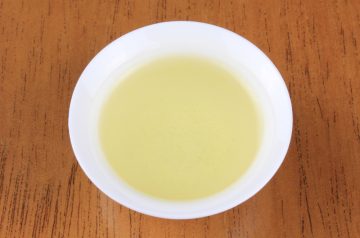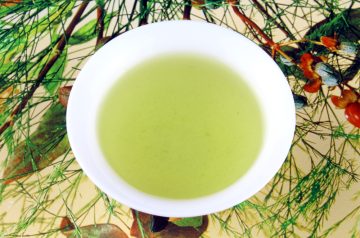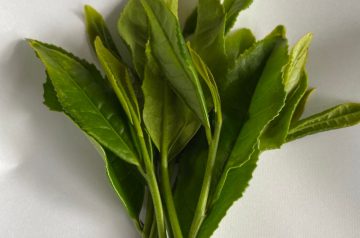I moved to a new apartment and because I hadn’t unpacked all the boxes, I ended up not drinking much tea for several days. But now I have the...
Green Tea Chuhai
The highball is a cocktail made with a base spirit, carbonated water, and an additional ingredient used for flavoring. Chūhai (チューハイ), an abbreviation of shōchū highball (焼酎ハイボール) is the...
Sugimoto Tea Yamakai Sencha
I’m starting 2025 in a good way, since it’s the first time that I taste the Yamakai cultivar. Sugimoto Tea gave me this sample. It’s grown by the Shitoro...
Japanese Words and Expressions Related to Tea
Tea has a long history in Japan. It has become part of the Japanese culture. One can tell this by the many words and expressions that have the Chinese...
History of Canned Tea
Although bottled tea is much more popular, you’ll also find canned tea in Japan. The canning process of preserving food was invented in the 1800s in Europe. Since there...
Removing Tea Stains from Teacups
Two of my porcelain teacups have brown stains. These stains won’t come off with soap, no matter how hard I scrub them. At first the stains were barely noticeable,...
The Toyoka Tea Cultivar
Toyoka (とよか、豊香) is a cultivar named after Toyooka (豊岡) city in Hyogo prefecture. Its name means “rich aroma”. History of Toyoka In 1948 at the agricultural experimental site in...
I Asked ChatGPT about Tea
We’re in the age of AI. I’m sure that you’ve used it by now in one way or another. I do use ChatGPT fairly often, to the point of...
The Mieuejima Tea Cultivar
Mieuejima (みえうえじま, 三重上嶋) is named after Mie prefecture, and the last name of its tea breeder. This cultivar has a good resistance towards pests and diseases. History of Mieuejima...
Nio Teas Henta Okumidori Sencha
This sencha comes from Kirishima, Kagoshima prefecture. It’s sold by Nio Teas. I like this cultivar. It’s quite similar in taste to Yabukita, so it can make a classic...
Monaka
Monaka (最中) is a traditional Japanese sweet (wagashi) consisting of a sweet filling sandwiched between two thin wafers. The wafers are often made of rice flour, and they can...
The Houshun Tea Cultivar
Houshun (鳳春), meaning “spring phoenix”, is a cultivar meant for gyokuro production. This early budding cultivar comes from the Uji region. History of Houshun At the Kyoto tea industry...












